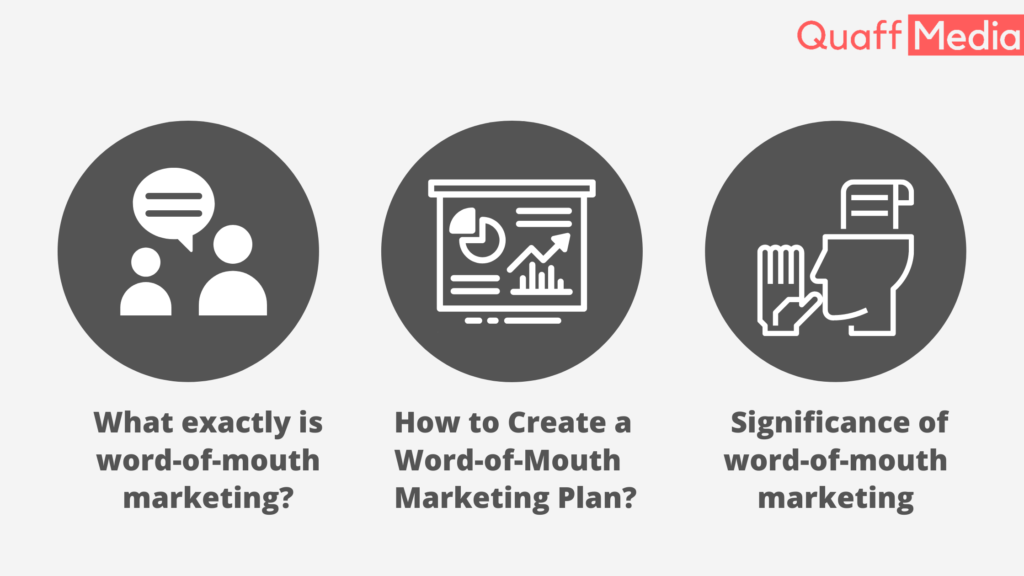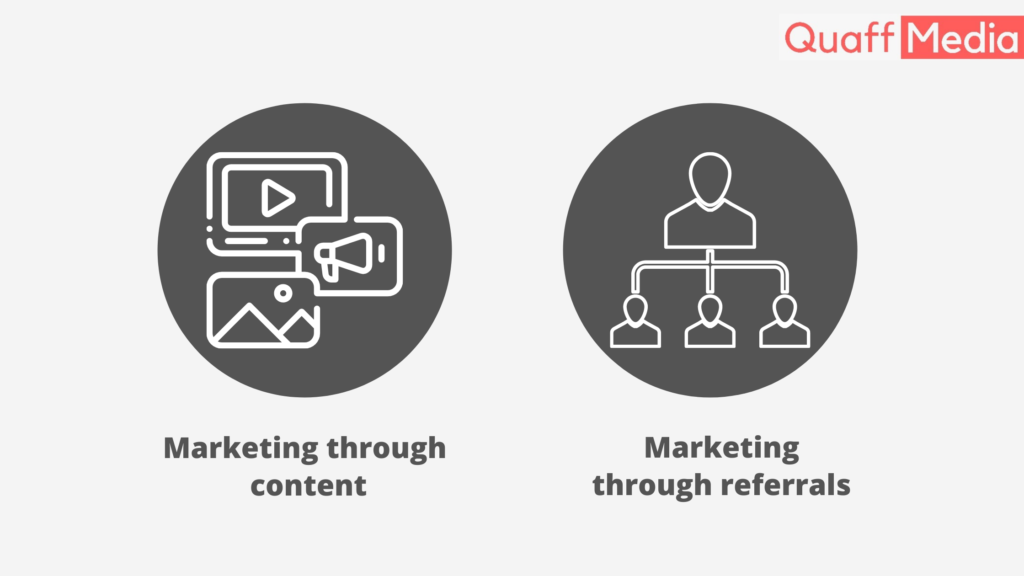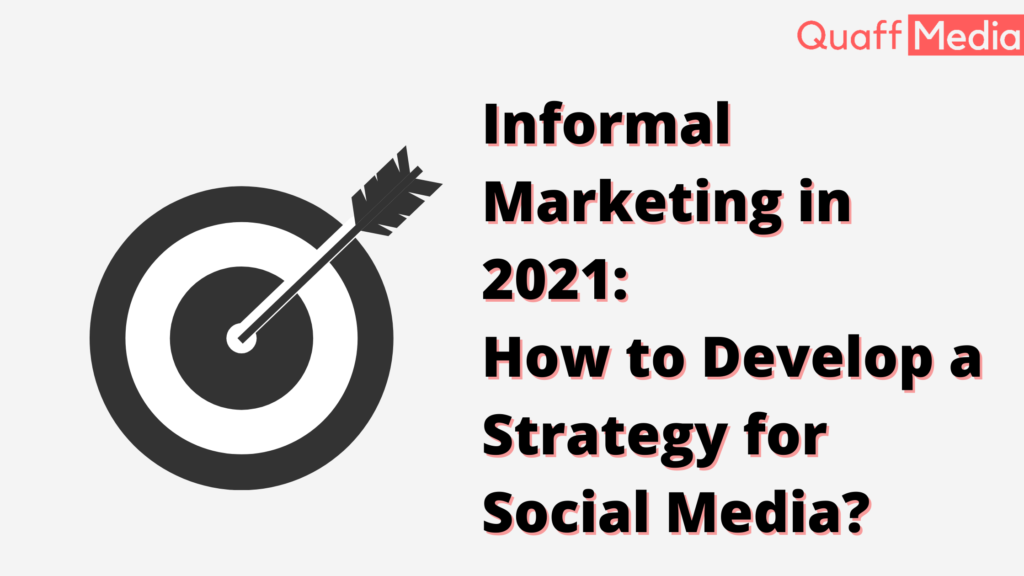What is the definition of word-of-mouth marketing?
Word of mouth marketing (WOMM), often known as word of mouth advertising, is the traditional word of mouth but with an angle of modern social media.
Traditionally, word-of-mouth marketing is disseminated by referral from one person to another.
Modern word-of-mouth marketing encompasses both planned efforts and organically occurring occasions. In which customers share their positive experiences with a company.
In today’s hyper-connected society, a single suggestion may have a significant influence, prompting word-of-mouth marketing (WOMM) or word-of-mouth advertising tactics to capitalize on the potential.
Many best practices and marketing approaches support organic word of mouth, but campaigns, particularly on social media, might have the specific goal of increasing an online business’s social exposure.
Nielsen reports that 92 percent of respondents prefer referrals from friends and family than any other sort of promotion. Even scholarly study on WOMM has demonstrated its efficacy in conversion.
How to Create a Word-of-Mouth Marketing Plan?
Cookie-cutter approaches will not result in the successful implementation of word-of-mouth initiatives.
The method contains an inherent creative aspect that must be applied tastefully and specifically to each brand.
Word-of-mouth marketing often includes two main components:
Make something that will generate the buzziest of buzz.
Boost that buzz
In other words, word-of-mouth advertising is more than just trying to get people enthused about a company’s logistics, everyday operations, or profit strategy.
The key to a successful word-of-mouth marketing plan is to identify something about a company that can produce organic builds or builds something that can generate that buzz. Click To TweetLook for successful word-of-mouth marketing examples for ideas on how to accomplish this effectively.

What is the significance of word-of-mouth marketing?
Word-of-mouth marketing is a crucial approach. Why? Because one satisfied customer might impact a potential customer’s purchase decision (or even a group of prospective buyers).
The more you can persuade those satisfied consumers to refer you, the better your chances of raising income and expanding your client base.
Unfortunately, so can the word of a dissatisfied consumer. The power of word-of-mouth marketing is here. Let’s take a deeper look at the advantages it provides.
Marketing through referrals
A referral network is a fantastic asset to have. It’s the equivalent of hiring a dedicated staff of promoters to bring business to your firm (without the high cost). Referral marketing, on the other hand, does not happen by luck. It takes a systematic strategy to get consistent results.
Here are three popular ways for obtaining regular recommendations for your company:
Affiliate promotion: Collaborate with one, two, or hundreds of affiliate marketers in your field to advertise your items via blog posts, articles, videos, eBooks, and social media platforms. In exchange, give them free items or a percentage of each transaction made through a unique product link.
Referral agreements with financial incentives: Create a referral program that compensates existing clients for referring you to their friends.
Complimentary referrals from satisfied customers: These indirect referrals come from satisfied consumers who have become brand ambassadors. They might be social media client reviews, ratings, and testimonials.
Pay attention to how your referrals arrive to determine which approaches you should base your campaign on.

Marketing through content
There is a chasm between your brand and its target consumer. The buffer that can fill the void and establish a connection is called content. This is feasible through the use of numerous mediums such as video, blogs, podcasts, and pictures (like infographics and slide presentations).
The goal is to convey useful information amusingly. Otherwise, the material will be ignored—or, worse, never eaten and shared, rendering the entire endeavor a waste of time.
The most effective method to accomplish this is to develop material that sparks conversations. Here are some suggestions for transforming your content into a marketing tool:
Share true stories about actual people. Find someone to interview or create a case study in the style of a tale.
Pose thought-provoking questions. Select themes to which others may contribute by sharing their own experiences, recommendations, and answers.
Establish yourself as a thinking leader. Do you have an angle that everyone is overlooking?
If you can get people talking about your material, the chances of them sharing it rise. Building a community around your brand relies heavily on content. Even if only one new person reads your case study, they may have a buddy who is seeking what you have to offer.
Conclusion
Few marketing methods can compete with WOMM in terms of viral potential or cost-effectiveness.
The correct plan may catapult a firm onto the scene for pennies on the dollar, but it doesn’t happen by accident.
Genuine and meaningful consumer contact with the target demographic is required for word-of-mouth marketing. This is a two-way street.
Use the tactics we covered today, but keep in mind that true connection, not technique, is what encourages consumers to become brand ambassadors.

